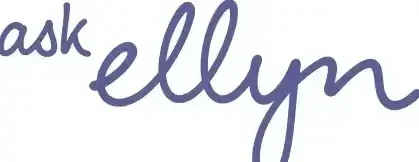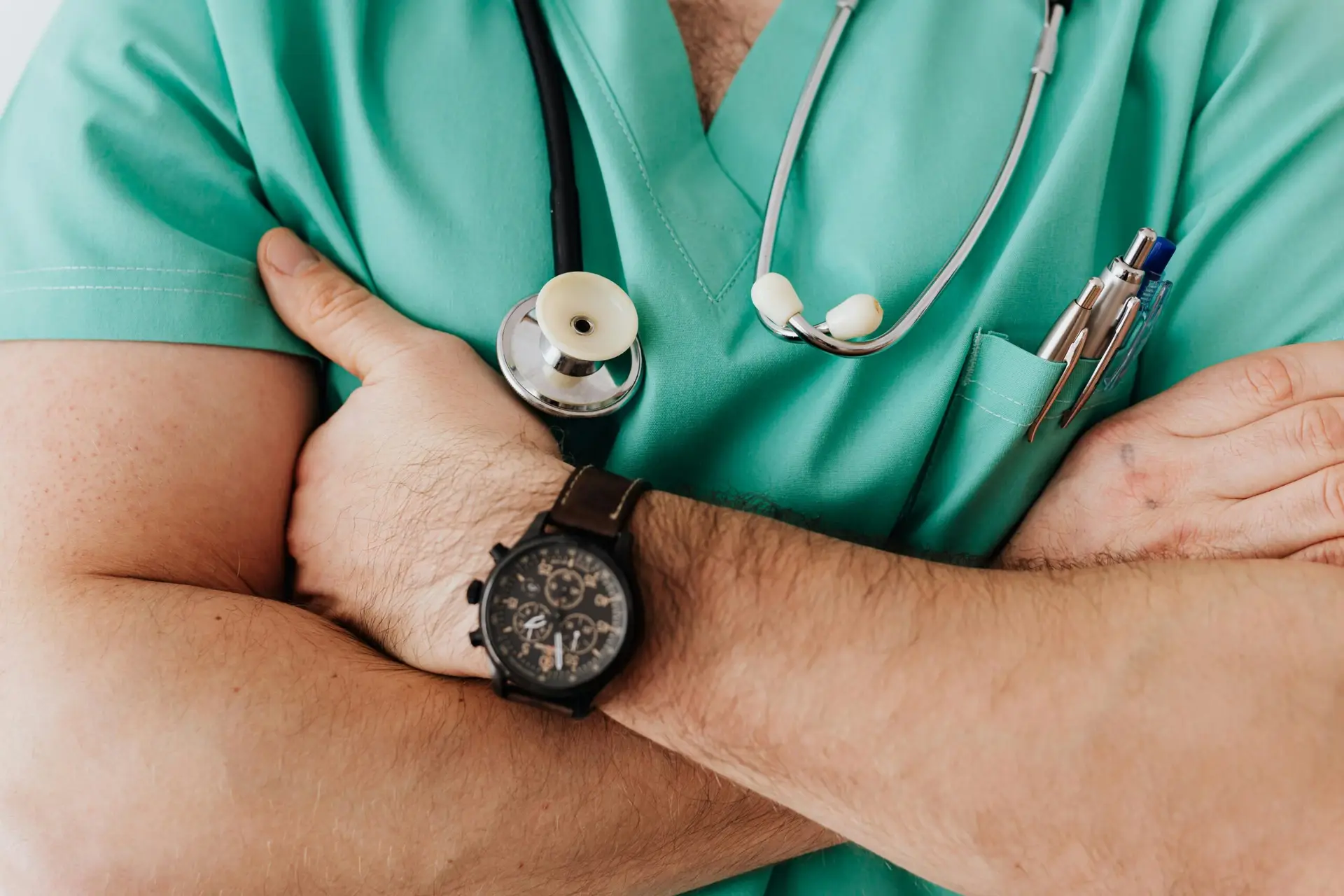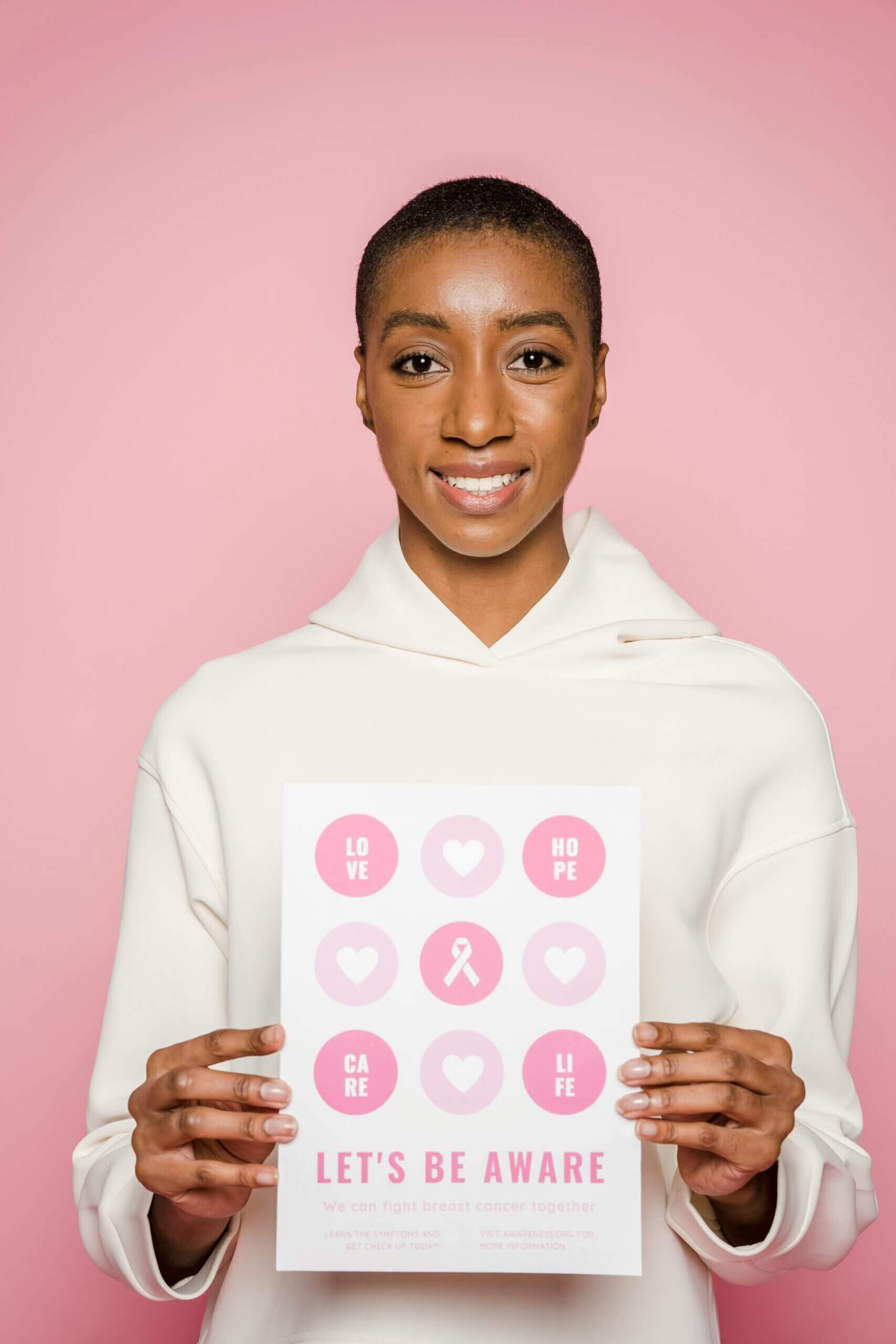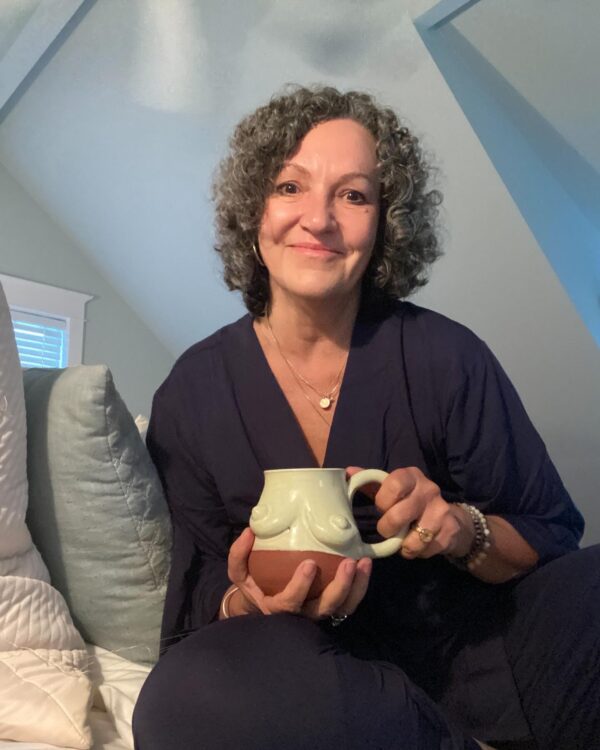Full confession, I’m a fitness nut. I have worked out almost daily for years. It is not just a physical thing for me. It’s vital for my mental health.
When I was diagnosed with breast cancer I took to Google (never a good idea) searching to understand what fitness might look like for me in the future. What I found was concerning and frankly discouraging. It also turned out to be (mostly) untrue. So I’m here to bust some myths, put your mind at ease and offer my experience in the hopes it answers some of the questions you have (writing the blog I wished had existed when I was searching).
Please note, I am not a doctor nor am I a fitness professional. Please always consult with the experts regarding your situation and condition and before starting any exercise.
Fitness and the Breast Cancer Diagnosis Stage
Ask any of us who have gone through it and we’ll all tell you this is the toughest part of the journey. You have been blindsided by the news you have cancer. Your life is now occupied with appointments and diagnostic tests. You are emotionally shattered and scared. Fitness for me was a godsend at this stage. I wore the soles off my running shoes walking miles as I tried to process the news. I took out my anger at the situation by shadowboxing. I also began using nightly meditation and yoga to try to calm my nervous system and still my racing heart and erratic breathing. I didn’t know exactly what was next, but I knew surgery and potentially some form of treatment would be required. So I adopted the attitude that I’d better be prepared and in tip-top physical and mental condition to weather what was to come. That said, I approached my fitness as if I were training for a sporting event or marathon.
Fitness and Breast Cancer Surgery
This was my first ever surgery and I didn’t know at all what to expect or what healing would be like. After it was determined I would require a mastectomy (and opted for a double) I knew that the surgery would be quite extensive. Because I opted against any form of reconstruction, deciding to have an aesthetic flat closure, the surgeon’s guidance painted the picture of an approximate six-week recovery, pending any extraneous circumstances or complications. As a compliant patient, I planned for as much.
I was lucky. My surgery was smooth and I was home the same day. In the first few days you are definitely in healing mode and are instructed not to lift anything over 10 lbs and not extend your arms over your head. Folks who’ve gone through it talk about having T-Rex arms for the first little while. You are also tethered to surgical drains, which (ouch!) you do not want to catch on anything. There’s also the matter of general anesthetic (I wager it took a week for it to wear off for me) and painkillers (which I ditched after 48 hours) that can limit your energy. I was able to get out for a gentle walk around the neighbourhood the weekend after my surgery without any trouble. My drains came out at six days (a bit ahead of schedule), and I immediately felt freed up, but stuck with gentle walks until I could see my surgeon for a follow-up. Even though you appear to be healing well on the outside, there’s a lot of internal healing happening as well. I respected the process. My surgery was on May 31 with my surgical follow up scheduled for June 21, so three weeks and a day later. By this time I was feeling pretty ready to go (truth be told I snuck in a plank just as a test), but again wanted to wait to get the green light from Dr. Dan, my surgeon. I was pleasantly surprised and delighted to hear him clear me to return to my full fitness routine including free weights, pilates, walking and well…you name it.
This is once again just my opinion, but I believe that my physical conditioning prior to surgery served me very well and played a substantial role in my quick and full recovery in such as short period.
Fitness, Breast Cancer and Chemotherapy
Funny story, at my first oncology appointment, my kind hearted nurse handed me a cancer society pamphlet entitled “exercise after breast cancer.” It had a bunch of photos of women seated in chairs doing arm stretches. I recall handing it back to her (much to her shock) with the comment “this is bullshit.” No disrespect to those who need gentle exercise, but there is certainly an assumption made in the materials provided that women undergoing breast cancer are coming into treatment with limited physical fitness experience.
There is strong evidence that points to the benefits of maintaining an exercise routine during chemotherapy. It has been demonstrated to help in reducing side effects and in helping people bounce back from treatment. There is also very recent evidence that shows physical exercise may be beneficial in preventing nerve damage (peripheral neuropathy) which is a common side effect of chemotherapy treatment.
This all proved to be true in my case. I had four rounds of chemotherapy administered over twelve weeks. I’d have my chemo infusion on a Friday and by Sunday fatigue would kick in. Although I felt as if I was moving through peanut butter, I made a point of talking the dog for a daily walk around the neighbourhood on those low days. However by Thursday, I was usually feeling back to myself, and back hitting the pavement again for a 5-6K walk or a free weights session. I like to think my experience here is proven by the research, but I had zero issues with neuropathy, my bloodwork was always good, my blood pressure excellent, no nausea or appetite loss. I did experience bone pain, which is a common side effect but exercise alleviated this to a large extent. Perhaps I’m just a freak of nature or too darn stubborn, but I think my ability to maintain my fitness routine and my limited number of side effects pleasantly surprised even my oncologist.
Fitness, Breast Cancer and Radiation
Just as exercise during chemotherapy can be beneficial, there are similar benefits attributed to physical exercise for alleviating symptoms and side effects of radiation. Studies show that it can help minimize radiation induced fatigue, which is very often a widely reported side effect. It can also help with sleep and mood regulation.
I have to admit to feeling none of these side effects during my radiation therapy, which took place over 15 rounds, administered daily (minus weekends). My energy was good, I had no fatigue, and continued to exercise throughout. I did have a few days after my radiation concluded where my skin in my armpit blistered and was sore. Naturally I backed off and was gentle with myself and my movements until I was healed up. The last thing I wanted was a complication of an infection at the end of my treatments.
After radiation I did experience some tightening and range of motion limitations on my left side where the radiation was administered. For this I saw an physical therapist to assist me in some exercises to regain and maintain what I could have lost.
Fitness and Life After Breast Cancer Treatment
So what does fitness look like now, just shy of two years after my treatments concluded? Pretty much the same as before I’ll have to say. I still work out on a regular basis. I walk, do free weights, pilates, shadow boxing. I like to mix it up and keep my body guessing. I subscribe to the “use it or lose it” philosophy and so pay particular attention to maintaining my range of motion on both sides as I do have very large scars across my chest and into my under arm areas.
The aromatase inhibitor drug I am on to reduce estrogen production in my body certainly does do a number on your joints. It’s called arthralgia and a very common side effect for those of us who are on the drug because estrogen is a lubricant and when that “grease” is gone, the joints get creaky. I noticed this joint pain due to natural menopause long before breast cancer and have observed it impacts the small joints in my hands and feet the most, and is worsened during the winter when things are dryer. I mean, that makes sense. However, my usband’s fitness trainer always says, motion is lotion and it is certainly true for me. Even if things feel a bit tight or stiff, even if I feel like the Tin Woman heading downstairs first thing in the morning, I keep moving. I have, however, said good bye to burpees and jump back planks, and in exchange have incorporated somatic movement and hip opening routines in their place. Come to think of it, probably should have been doing these all the way along. One final note. There is strong evidence that shows exercise can help reduce the risk of recurrence of breast cancer. So wherever you are at on your journey. Get moving. The benefits are many.



